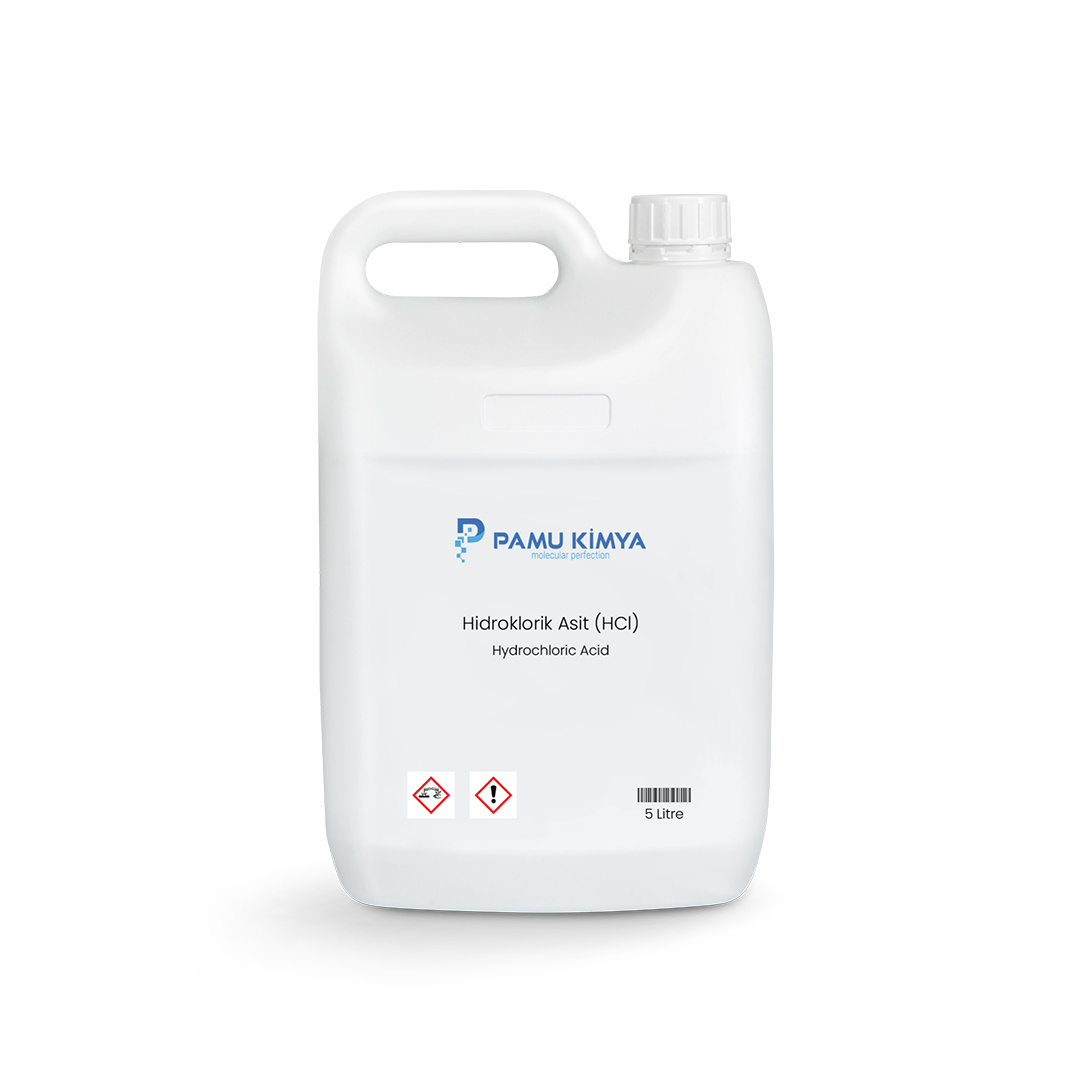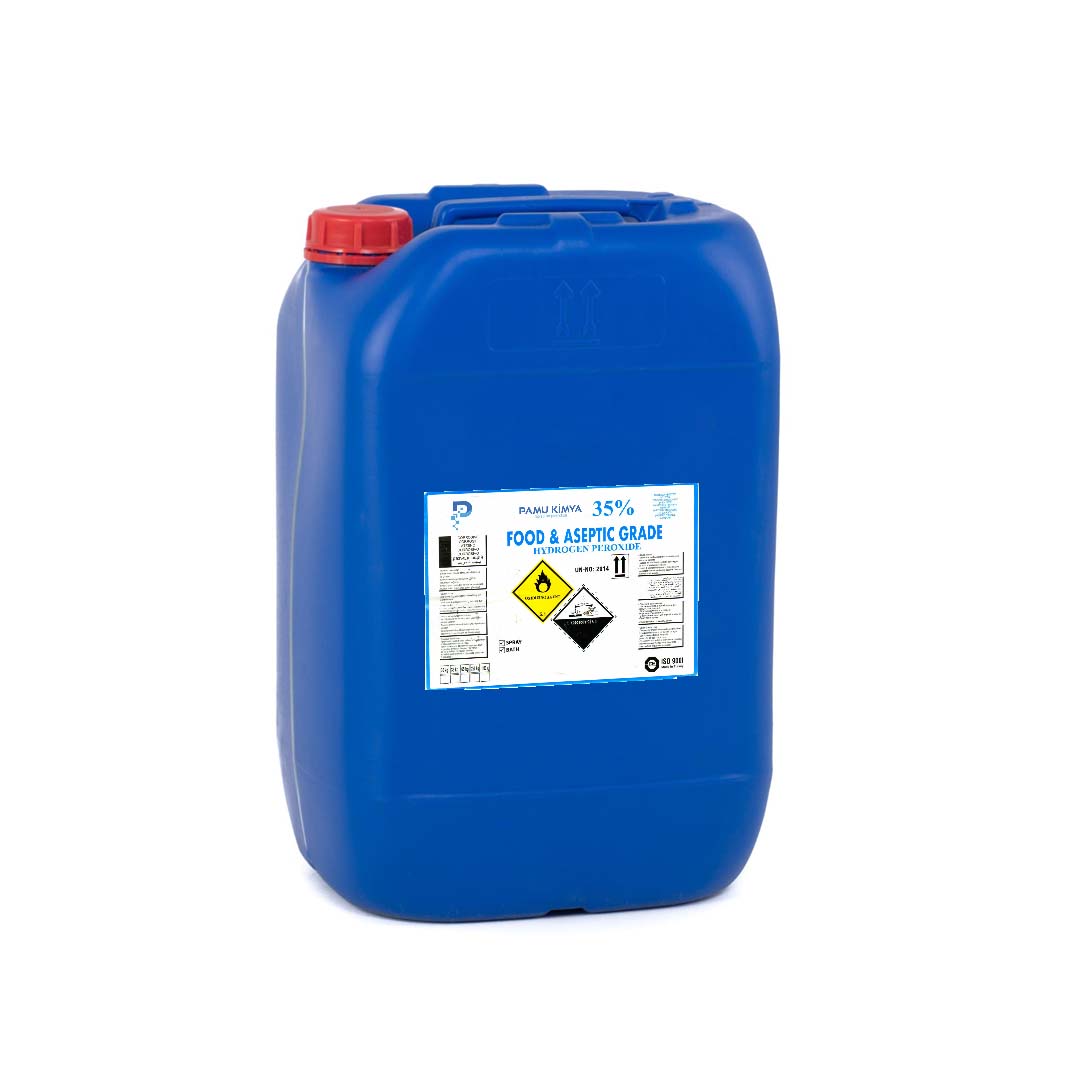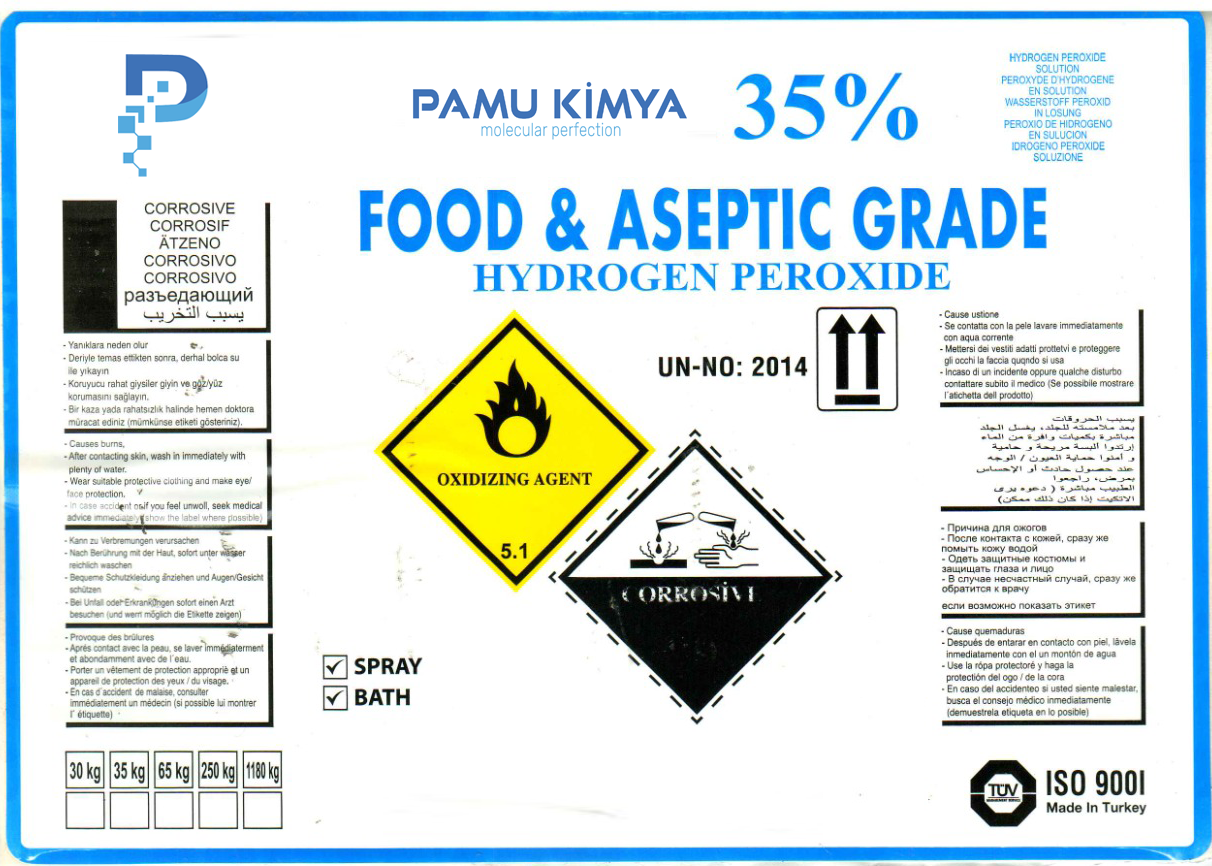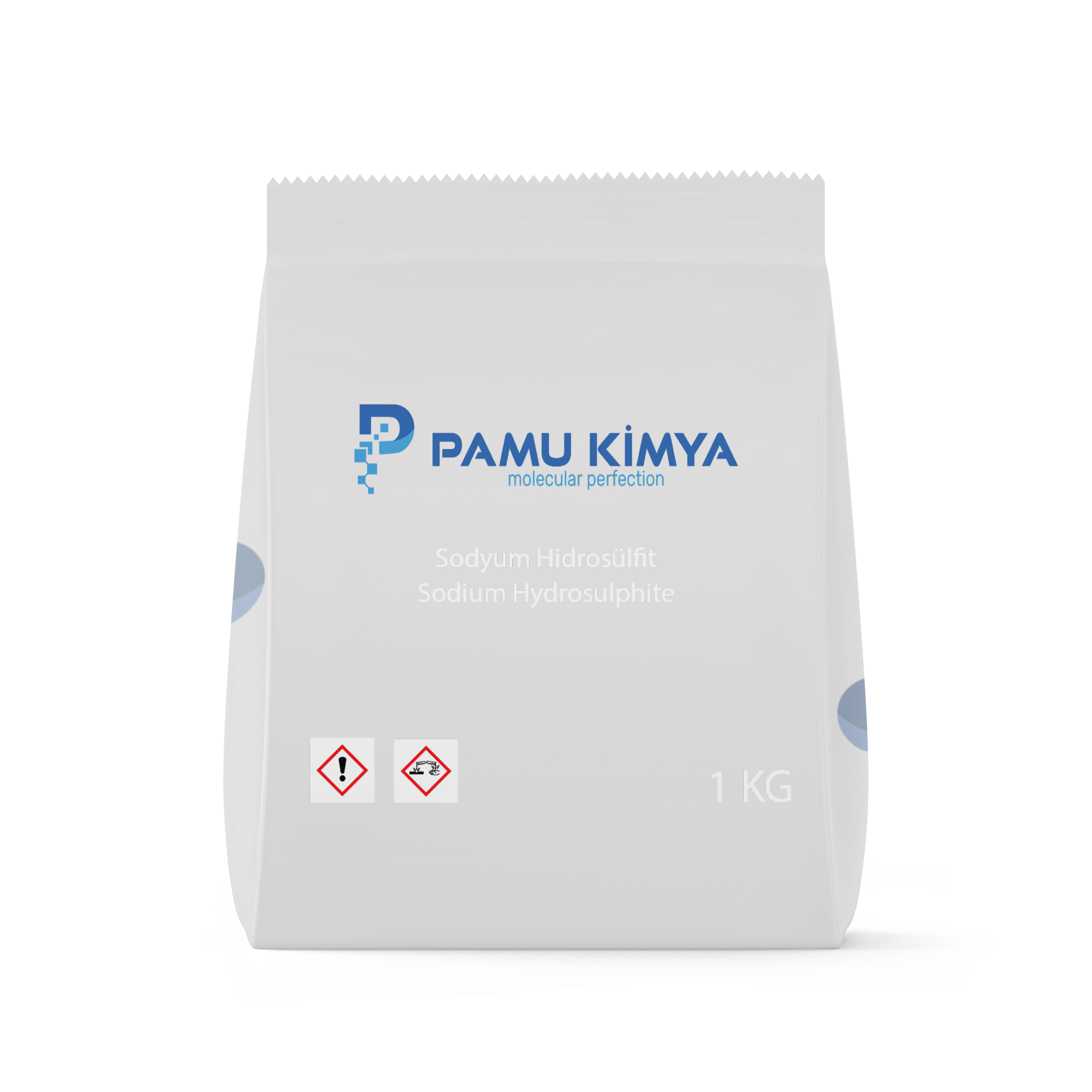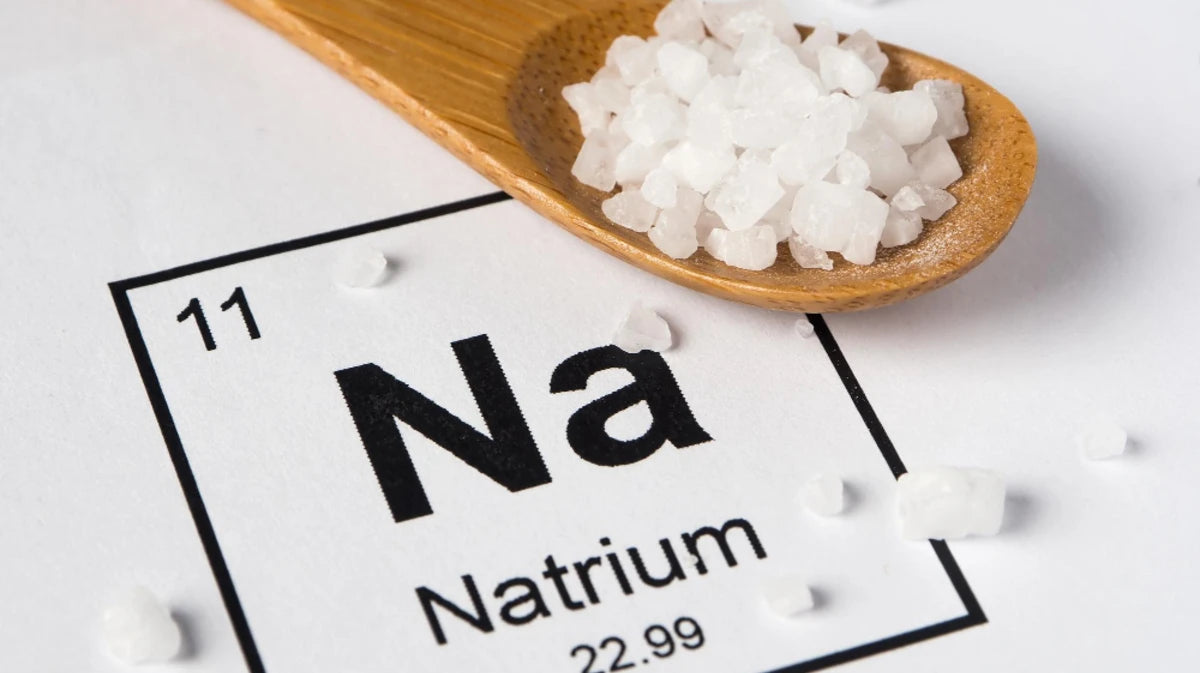
Sodium
Sodium is an element in the alkali metals group of the periodic table with the symbol Na and atomic number 11. Sodium, which is usually found in compounds in nature, plays a critical role in both biological and industrial applications. This soft, silvery-white metal is extremely reactive and reacts violently when in contact with water.
Physical and Chemical Properties of Sodium
Physical Properties
-
Density: 0.97 g/cm³ (can float on water)
-
Melting Point: 97.8 °C
-
Boiling Point: 883 °C
-
Colour and Structure: It is a bright silver-white colour and a soft metal.
Chemical Properties
-
Reactivity: Sodium oxidizes rapidly on contact with air, forming a matt film.
-
Reaction with Water: When it reacts with water, it produces hydrogen gas and sodium hydroxide, resulting in intense heat.
-
Flame Test: Sodium gives a yellow flame and this property is used in chemical analysis.
Its Presence in Nature
Sodium is the sixth most abundant element in the Earth's crust. It is not found in pure form, but usually in the form of salts and minerals. The most common source of sodium is sodium chloride (NaCl) in seawater, or table salt. It is also found in minerals such as halite, soda ash, and borax.
Biological Role of Sodium
Sodium is a vital element in living organisms and plays a role in various biochemical functions.
1. Electrolyte Balance
Sodium, along with potassium, is important in maintaining intracellular and extracellular electrolyte balance. It plays a critical role in functions such as nerve impulse transmission and muscle contraction.
2. Regulation of Blood Pressure
Sodium helps regulate blood volume and pressure. However, too much sodium can lead to hypertension.
3. Acid-Base Balance
Sodium ions are critical in maintaining pH balance in the body.
Industrial Uses of Sodium
Sodium is used in a wide variety of industrial areas:
1. Chemical Industry
Sodium is used in the production of basic chemicals such as sodium hydroxide (NaOH), sodium carbonate (Na2CO3) and sodium bicarbonate (NaHCO3). These chemicals are important in the production of detergents, soaps and glass.
2. Metallurgy
Sodium is used for the purification and reduction of metals. It is especially important in the production of metals such as thorium and uranium.
3. Energy Storage
Sodium is used for energy storage in sodium-sulfur and sodium-ion batteries. These batteries are widely used in electric vehicles and power plants.
4. Heavy Industry and Nuclear Applications
Sodium is used as a coolant in nuclear reactors. Thanks to its high thermal conductivity, it stands out as an efficient material in these applications.
5. Food Industry
Sodium chloride is an indispensable part of our tables. It is also used in various foods as a preservative and flavoring.
Sodium Deficiency and Excess
Sodium Deficiency
Sodium deficiency, known as hyponatremia, can occur due to excessive water consumption or inadequate sodium intake. Symptoms may include:
-
Muscle cramps
-
Weakness and fatigue
-
Low blood pressure
-
Confusion of consciousness
Redundancy Status
Hyperanatremia occurs as a result of excessive sodium intake or inadequate water consumption. Symptoms:
-
Hypertension
-
Sensation of thirst
-
Heart conditions
-
Edema
Recycling of Sodium
Although sodium is not a directly recyclable material, sodium compounds can be incorporated into environmental recycling processes. Particularly in the glass and detergent industries, sodium compounds support environmentally friendly practices.
Keywords
-
What is sodium?
-
Sodium usage areas
-
Sodium deficiency symptoms
-
Effects of excess sodium
Meta Description
"Sodium is a reactive metal that plays a critical role in biological and industrial applications. Read this article to learn more about sodium's properties, uses, and health effects."
Conclusion
Sodium is an indispensable element in both the natural world and industrial areas. This metal, which is used in a wide range of areas from energy storage to chemical production, from the food industry to biological functions, is an integral part of our lives. However, balanced consumption and use are of great importance.



